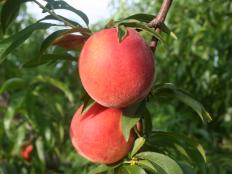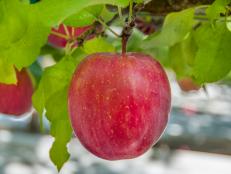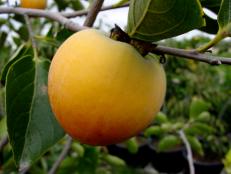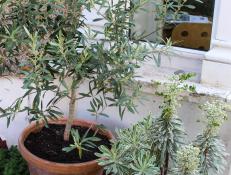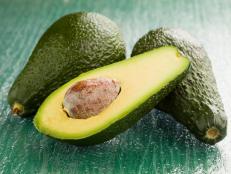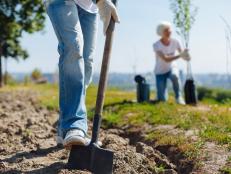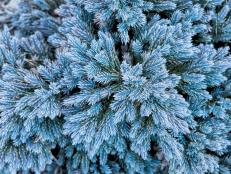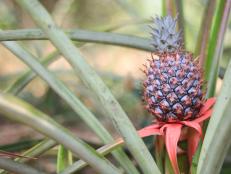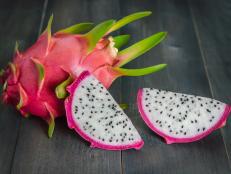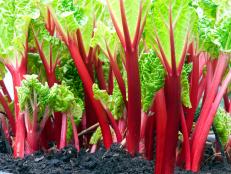Growing Dwarf Fruit Trees


Looking for an eye-popping container garden plant this spring? Look no farther than dwarf fruit trees.
Whether you ever harvest an apple or peach from them, these little gems pack quite a powerful punch of flower color in early spring. The fruit will come—if you’re patient. But it's also nice to just enjoy the glorious color that these little trees yield.
Dwarf fruit trees make a perfect container focal point for balcony and terrace gardeners. These miniature varieties produce regular-size fruit—just on smaller trees, such as peaches, apples, lemons and limes that grow only several feet tall. Be aware that not all varieties of fruit trees come in mini-versions. Growers produce them in several ways, yet some are genetically dwarf, which means their DNA causes them to grow short with heavy branching. They include some varieties of apples, peaches, apricots and nectarines.
Most dwarf and miniature fruit trees can be grown in containers as small as 12 to 15 inches wide, but why not save your repotting efforts by starting them in a pot 24 inches wide? Give them fertile potting soil heavy in perlite or vermiculite to promote good drainage as well as full sun—ideally eight hours a day.
One of the most popular varieties is a peach aptly named Prunus persica ‘Bonanza’. Hardy to zone 5, this genetic dwarf peach, which grows 4 to 6 feet tall, explodes in March with a “mop head” of brilliant hot pink blooms, which after a few weeks give way to leaves and eventually full-size peaches by late summer. This variety is self-fertile, so it does not need a companion plant for pollination. One caveat: Like many fruit trees, dwarf peaches require a certain number of “chill hours” (when temperatures range from 32 to 45 degrees), so, depending on your climate, it can take up to several years for a tree to produce its first fruit.
Plant ‘Bonanza’ in heavily composted soil with good drainage and place the container in a sunny yet sheltered location, such as a south-facing spot to protect it from late frosts. Water thoroughly to hydrate the tree from chilling winds, but do not fertilize the first year. In year two, feed ‘Bonanza’ in spring and fall with a balanced fertilizer, such as 10-10-10. During hot months, top the soil with a layer of mulch to help the soil retain its moisture and thin branches as necessary to promote adequate air circulation.






